The credentialing process is quite lengthy.
The credentialing process is long and complex. Here is a credentialing process list of 52 general action items needed to produce a file ready for presentation to a board or committee for review and approval. Depending on each provider’s specialty and service location, this general credentialing process list may be more or less exhaustive.
This list of the credentialing process below is subject to change, and these items are reviewed regularly by the Fifth Avenue Healthcare Services team and 5ACVO.
Initial applicant action items:
- Send out, track, and receive the Provider application packet. Items needed include contact information, the practice’s and Provider’s tax ID numbers, and the Provider’s W-9 form. The packet’s length depends on the area of specialization, totaling between 3 – 300 pages.
- Obtain the Provider’s release. This grants the credentialing agency access to the Provider’s information. With a release, agencies can discern from third-party sources if the Provider has any issue that has a bearing on their qualifications. This step also gives immunity to practices and agencies for their roles in the process.
- Obtain the privilege forms. Privileging authorizes a licensed or certified health care Provider’s specific area of patient care services. This allows the Provider to render diagnostic services.
- Review the disclosure’s questions and answers. This should be performed meticulously to ensure the integrity of the information.
- Review the explanations of time gaps and claims history. If time gaps aren’t accounted for, then the application’s processing stops. Some organizations won’t even begin the process if there are unexplained gaps.
- Review Medical Malpractice claims history. If a Provider has been sued for malpractice, the process will take longer because case details must be gathered. Malpractice claims could also raise questions regarding credentialing the Provider or not.
- Obtain applicable certificate copies of Board, ECFMG, Medical School, Internship, Residency, Fellowship, and two years CME. ECFMG stands for Education Certificate for Foreign Medical Graduates. CME stands for Continuing Medical Education. Not providing applicable copies delays the application process.
- Obtain copies of government-issued photo ID, Malpractice, DEA, and CDS. Malpractice claims should include every possible detail from the Provider’s role in the claim to resolution. DEA stands for Drug Enforcement Administration. CDS stands for controlled and dangerous substances. These certificates are required for Providers to write prescriptions for controlled substances.
- Obtain CPR, ACLS, and PALS certificate copies. CPR stands for cardiopulmonary resuscitation. ACLS stands for advanced cardiac life support. PALS stands for Pediatric Advanced Life Support. PALS certification is for Providers who respond to emergencies in infants and children.
- Obtain TB, MMR, varicella, and flu vaccination records. (TB) tuberculosis is a contagious infection that attacks the lungs. (MMR) is measles, mumps, and rubella. Varicella is commonly known as chickenpox. Healthcare professionals are usually required to keep up to date with these vaccinations or show evidence of immunity.
- Attest any conflict of interest, orientation, and Medicare (Hospital). If a conflict of interest between a Provider and practice exists, that is, if a Provider’s interests or activities improperly influence their ability to act, it must be documented. If it is not documented but found to be true, credentialing will either be delayed or stopped.
- Collect a provider release and order a criminal background check. Criminal checks cover local and national databases, including sex offender registries. Organizations require checks to go back either 5, 7, or 10 years.
- Obtain an Allied Health Professional’s Supervising Physician’s Statement. This statement shows that a supervising physician agrees to oversee the Provider.
Initial PSV Action Items:
- Verify Board Certification. This proves the Provider can demonstrate their knowledge and skills in their specialty.
- Review and Confirm AMA and AOA Profile. AMA stands for American Medical Association. AOA stands for American Osteopathic Association. These profiles list the Provider’s information, including education, training, and board certifications.
- Verify medical School Internship, Residency, Fellowship, and Affiliations. These references prove the Provider has a complete history of experience.
- Confirm State Medical Licensure. This ensures the Provider can perform medicine in a particular state.
- Obtain Professional Peer References. These attest to the Provider’s current clinical competency. This step may take the longest to perform, depending on the availability of each reference.
- Gather current Medical Malpractice claims history. If it’s shown that the Provider didn’t submit an honest account, then the process will either end here or be delayed.
- Research Primary and Out of State License for Disciplinary Actions. This step reviews if a Provider has performed any wrongdoing out of state, whether they disclosed it or not.
- Verify DEA certification.
- Verify CDS certification (as applicable). If either DEA or CDS certifications are not found, the Provider cannot prescribe controlled substances.
- Obtain a copy of the Provider’s current Certificate of Insurance. Adequate insurance protects a practice and the Provider from financial risks associated with patient bodily injury and medical expenses.
- Verify any Medicare and Medicaid sanctions (OIG) and exclusions (SAM). If sanctions exist, then the Provider can participate in federal healthcare programs. Sanctions usually result if a Provider performs Medicare or Medicaid fraud.
- Perform an extensive 10 Year criminal background check. This check includes local and national databases and sex offender registry searches. Fingerprinting searches are also common.
- Run an NPDB query. NPDB stands for National Practitioner Data Bank. It contains information on medical malpractice payments related to healthcare Providers. It helps prevent Providers from moving from state to state without disclosing their previous damaging history.
Reappointment Applicant Action Items:
- Send out, track, and receive the Provider application packet.
- Obtain the Provider’s release.
- Obtain privilege forms.
- Review disclosure questions and answers.
- Review explanations of time gaps and claims history.
- Review Malpractice claims since the last credentialing cycle.
- Obtain applicable certificate copies: Board, ECFMG, Medical School, Internship, Residency, Fellowship, and two years CME.
- Acquire copies of the Provider’s current Certificate of Insurance.
- Obtain CPR, ACLS, and PALS certificate copies.
- Obtain TB, MMR, varicella, and flu vaccination records.
- Attest any conflict of interest, orientation, and Medicare (Hospital).
- Collect Provider release and order background checks.
- Obtain an Allied Health Professional’s Supervising Physician’s Statement.
Reappointment PSV Action Items:
- Verify Board Certification.
- Review and Confirm the Provider’s AMA and AOA Profile.
- Verify medical School Internship, Residency, Fellowship, and Affiliations.
- Confirm State Medical Licensure.
- Obtain Professional Peer References.
- Gather current Medical Malpractice claims history.
- Research Primary and Out of State License for Disciplinary Actions.
- Verify DEA.
- Verify CDS (as applicable).
- Obtain a copy of the Provider’s current Certificate of Insurance.
- Verify any Medicare and Medicaid sanctions (OIG) and exclusions (SAM).
- Perform an extensive 10 Year criminal background check.
- Run an NPDB query.
The credentialing process is quite arduous and credentials verification organizations like 5ACVO ensure that providers are properly credentialed and able to legally serve patients and begin billing.
Research from NAMSS shows that CVOs reduce the time and money medical practices need to put into the process. 5ACVO offers health care providers a faster, better credentialing process by reducing the 52 conventional credentialing steps down to 6 simple steps.
5ACVO has pioneered simpler credentialing, allowing healthcare providers to see more patients sooner and begin billing faster than before. Reducing the credentialing process from 52 to 6 action items yields providers lower costs and less work – 69% lower costs and 88% less work. Taking advantage of this service is a great business strategy.
More information about 5ACVO
5ACVO is a NCQA Credentialing Accredited specializing in credentialing and primary source verification and is part of the Fifth Avenue Healthcare Services family. 5ACVO sister companies include Fifth Avenue Agency (MPLI and medical malpractice insurance specialists) and Primoris Credentialing Network (credentialing and provider enrollment specialists with 54+ health plan and network provider enrollment options).
5ACVO originally published this article here. For more information on 5ACVO, please visit 5ACVO.com or Contact Us.














